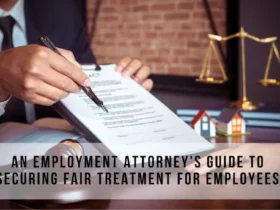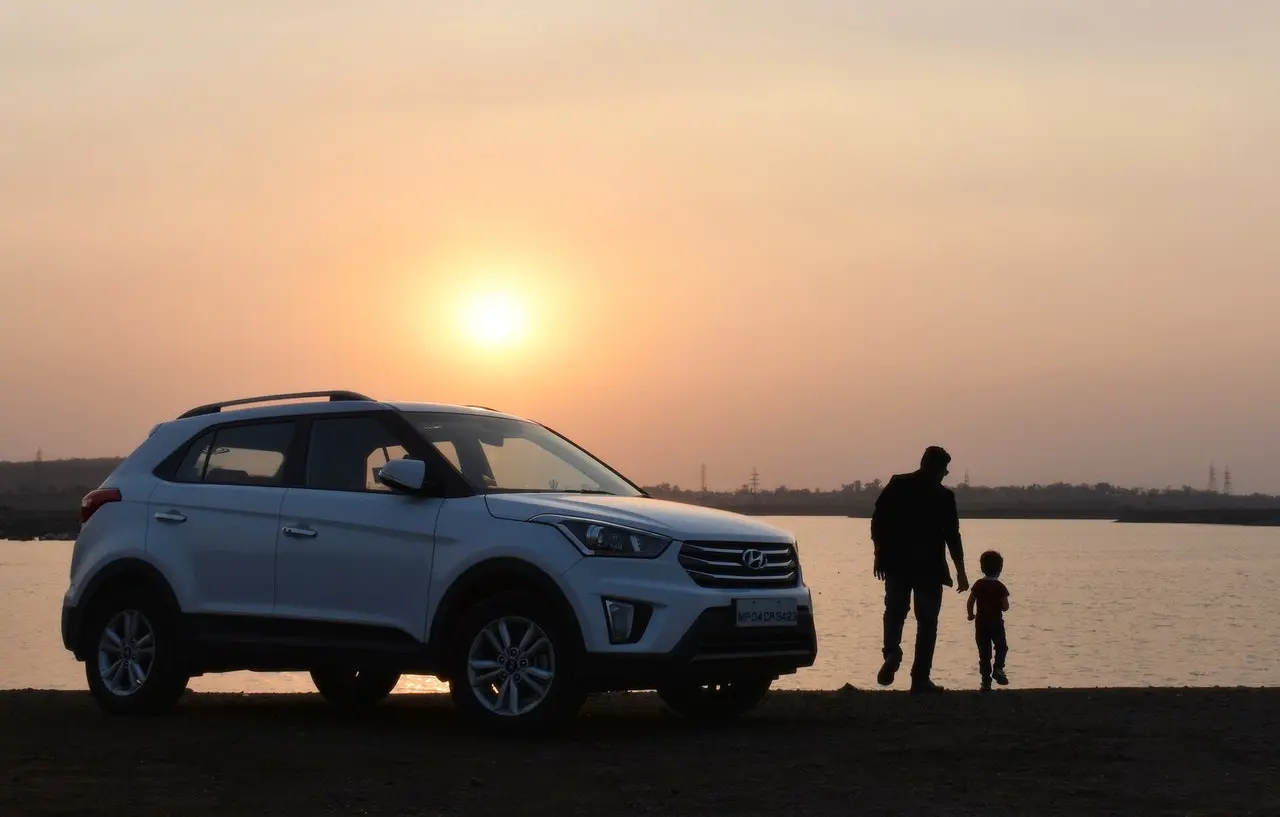Statistics have shown that there are more young drivers than drivers of any other age group recorded in National Road Tolls.
This is risky as young drivers less than 25 years of age are two times as likely to perish in road accidents compared with other age groups of drivers.
Moreover, male drivers under 25 are considered by insurers to be of the highest risk category when involved in traffic accidents.
This would suggest that purchasing car insurance on top of any compulsory insurance such as third-party liability policies is a good idea not just for peace of mind, but also to safeguard yourself.
What is CTP?
Compulsory Third Party Insurance (CTP) is a type of insurance that protects you from having to make reparation payments that could easily add up if you are the offending party that causes a traffic accident resulting in injury to passengers in your car, other drivers, and their passengers, or other road users such as pedestrians or cyclists.
Each state will likely have its own rules surrounding CTP insurance, but as a general rule of thumb, the premiums payable for CTP will differ based on a variety of factors such as the type of vehicle you drive — for instance, Sedans, Bus, and RVs will all have different premiums attached to them.
The age of the vehicle, your driving, claims history, and age will play a part as well.
There have even been rumors that gender also plays a part in deciding the premiums payable, given that young male drivers tend to be more prone to accidents statistically speaking than female drivers.
In most places, the amount you pay when registering your vehicle will be inclusive of the CTP premiums, though certain states may allow you to choose your own provider among several available.
Though it may not be compulsory, it is highly recommended to purchase a good CTP to be able to drive with peace of mind.
Is CTP Sufficient Or Should I Get Other Insurance As Well?
Legally, there is no law mandating that you purchase extra insurance.
However, this doesn’t mean that there is no need for additional insurance for all drivers.
Instead, you should consider if you’ve ever found yourself asking these questions or making these claims:
I’m a safe driver
Well, even if that is true so far, how confident are you that other road users are also safe drivers?
The actions of other drivers are unpredictable and it is best to assume the worst while hoping for the best, since you could be stuck with a huge bill even if you aren’t the perpetrator of the accident.
My car isn’t valuable enough to insure
But what if the other party’s car is?
You could accidentally rear-end a brand new BMW, or graze the side of a Ferrari.
Even if your own car isn’t worth much, CTP will cover the cost of damage caused to other people’s cars and is especially good to consider if you are a beginner driver.
I can’t afford this
If you can’t afford the premium, you’ll never be able to afford the compensation to be made if you do cause an accident or need to pay for repairs on your own vehicle.
Even minor accidents such as fender benders could set you back a couple of thousands and leave you without a vehicle for several days or even weeks.
The premiums may seem expensive in the short run but really will save you a lot more in the long run.
Is There Anything I Can Do To Lower My Insurance Premiums?

As a young driver, there are still some tips that you can follow to help minimize the premium amount payable and save a few dollars.
It pays to have a clean driving record since insurers won’t see you as a high-risk client.
By having an accident-free record, you might be able to get No-Claim Discounts on your premiums payable the next year.
These discounts could go as high as 50% off with certain insurers, so keep your nose clean and drive safe.
It is also a good idea to shop around at various insurers.
The usual practice with most drivers would be to compare quotes from at least three insurance companies to see which has the best coverage for the lowest price.
There may also be insurers specializing in policies for young drivers.
These work on a pooled sum system, and more young drivers may mean fewer payables per driver.
Another thing to do is to opt for a cheaper car.
The more expensive your car is, the higher the premiums you’ll have to pay to insure it against accidents.
Cheaper cars are usually also cheaper to insure.
You should also take care not to modify your vehicle illegally, and any and all modifications made must be reported to the insurer so that it doesn’t end up nullifying your policy.
You will also want to read the details of your policy before enacting any modifications to ensure that the modification is allowed.
Certain modifications such as installing an immobilizer or alarm may even qualify you for cheaper premiums due to discounts for being a responsible vehicle owner.
Lastly, consider looking at the type of features you are paying for within the policy.
While the more comprehensive policies offer you greater protection, they are also more costly.
You may wish to consider instead a basic third-party fire and theft policy, which should be sufficient to protect against basic accidents.
Conclusion
Regardless of which policy type it is that you end up choosing, keep in mind that the amount you’ll be paying for your premium varies due to a variety of factors such as the market value of your vehicle, the excess which you are covered for under the policy, and the number of optional extras which you choose to add-on such as for roadside assistance, for theft protection and the like.
Be sure to compare quotes, and find the policy that is best suited to your specific needs!









